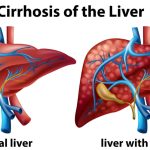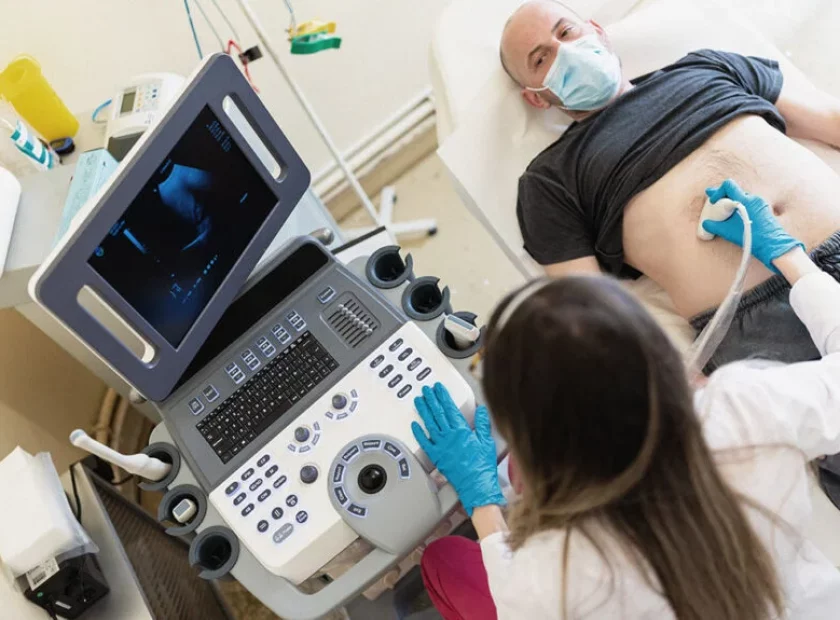Exploring Common Breast Diseases: Types, Symptoms, and Importance of Screening
What are the common breast diseases?
At London Private Ultrasound clinic, we understand the significance of breast health and early detection. Being informed about common breast diseases empowers individuals to prioritize regular screenings and seek timely medical attention when needed. In this article, we will explore some of the most common breast diseases, their symptoms, and the role of ultrasound imaging in diagnosis.
1. Breast Cancer:
Breast cancer is a well-known and potentially life-threatening disease that occurs when abnormal cells in the breast grow uncontrollably. While it primarily affects women, men can also develop breast cancer. Early detection is crucial for successful treatment. Common symptoms of breast cancer include:
A lump or thickening in the breast or underarm.
Changes in breast size, shape, or appearance.
Unexplained pain in the breast or nipple.
Nipple discharge other than breast milk.
Skin changes on the breast, such as redness or dimpling.
2. Fibrocystic Breast Changes:
Fibrocystic changes refer to non-cancerous lumps or cysts in the breast tissue. These changes can cause breast tenderness, swelling, and lumpiness that varies with the menstrual cycle. While fibrocystic changes are not typically associated with an increased risk of breast cancer, they can sometimes make breast self-exams more challenging.
3. Fibroadenomas:
Fibroadenomas are common benign tumors made up of both glandular and connective tissue. They can feel like a firm, rubbery lump and are most commonly found in women in their 20s and 30s. While fibroadenomas are usually harmless, they may require monitoring or removal if they cause discomfort or uncertainty.
4. Cysts:
Breast cysts are fluid-filled sacs that can cause pain and tenderness. They often fluctuate in size with the menstrual cycle. Cysts are common and usually benign, but they may require aspiration (fluid removal) if they cause discomfort.
5. Ductal Carcinoma In Situ (DCIS):
DCIS is a non-invasive cancer where abnormal cells are found in the lining of a breast duct but have not spread outside the duct. It is considered an early-stage breast cancer and is highly treatable.
6. Lobular Carcinoma In Situ (LCIS):
LCIS is not cancer but indicates an increased risk of developing invasive breast cancer later in life. It occurs in the lobules, the milk-producing glands of the breast.
7. Mastitis:
Mastitis is an infection of the breast tissue that can occur during breastfeeding. It causes redness, swelling, warmth, and pain in the affected breast. Prompt treatment with antibiotics is essential to prevent complications.
8. Benign Breast Tumors:
Various benign tumors, such as adenomas and papillomas, can develop in the breast tissue. These tumors are usually non-cancerous but may require removal if they cause discomfort or concern.
The Role of Ultrasound Imaging:
Ultrasound imaging plays a crucial role in diagnosing and monitoring common breast diseases. It is a non-invasive and safe imaging technique that uses sound waves to create detailed images of the breast tissue. Ultrasound can help differentiate between cysts and solid masses, guide biopsies, and monitor the progression of diseases. It is especially useful for evaluating breast lumps in younger women or those with dense breast tissue.
Importance of Regular Screenings:
Regular breast screenings, including clinical breast exams and mammograms, are essential for early detection. Mammograms use X-rays to detect changes in breast tissue that may indicate cancer. In most cases, ultrasound may be recommended as a complementary imaging tool, especially for women with dense breasts or those at a higher risk of breast cancer.
Being aware of common breast diseases empowers individuals to take charge of their breast health. Early detection through regular screenings and prompt medical attention can significantly impact outcomes. At our ultrasound clinic, we are committed to providing comprehensive imaging services to support the diagnosis and management of breast diseases. If you have concerns about your breast health or need to schedule a screening, don’t hesitate to reach out to our team. Your well-being is our priority, and we are here to provide the care you need.






